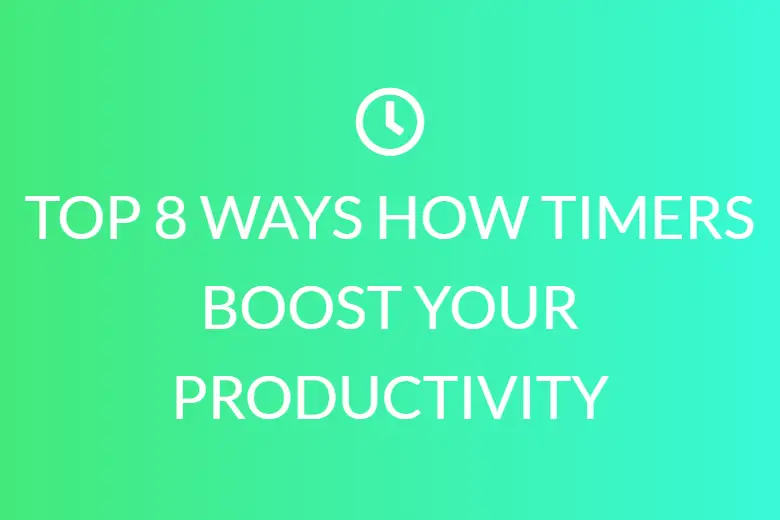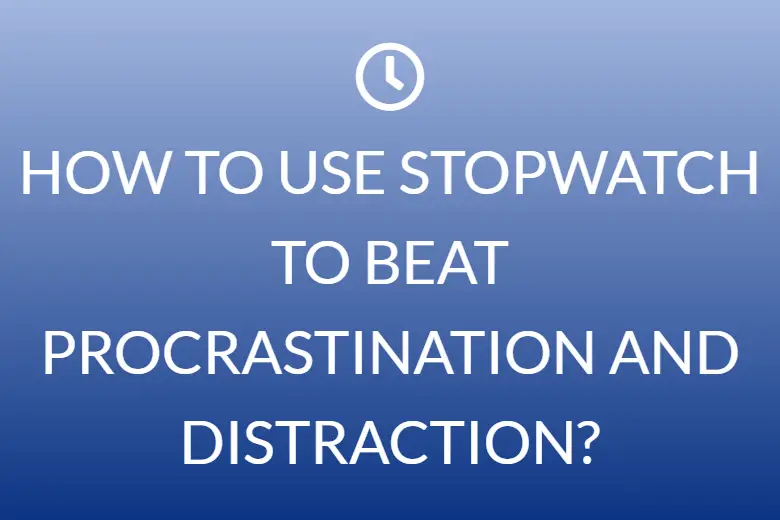EVERYTHING THAT YOU NEED TO KNOW ABOUT POMODORO TIMER TECHNIQUE
Everyone needs to learn how to manage their time. When we do our work quickly and efficiently, we have more time to pursue other interests. There are a number of tools to assist you in properly managing your time. A Pomodoro timer technique is one of them.

Pomodoros mean tomatoes in Italian. Francesco Cirillo is the creator of the Pomodoro method. He named it after his tomato-shaped timer from his undergraduate years. This strategy entails more than just setting up a timer, but it essentially entails establishing sprint time.
Here, pomodoros stand for focused work sessions. To improve prolonged attention and avoid mental weariness, this popular time management strategy requires you to alternate pomodoros with frequent brief pauses.
What is Pomodoro Timer Technique?
Despite the fact that Cirillo went on to publish a 130-page book about it, the method’s greatest strength is its simplicity. Here is how you go about with this technique:
-
Make a to-do list and set a pomodoro tracker for yourself.

- Set a pomodoro timer for 25 minutes and concentrate on one task until the timer goes off.
- Mark off one pomodoro and keep track of what you accomplished at the end of your session.
- After that, take a five-minute pause.
- Take a lengthier, more restorative 15-30 minute pause after four pomodoros.
The method’s core is 25-minute work sprints. However, Pomodoro timer technique also contains three criteria for making the most of each interval:
Break down large jobs into smaller pieces
If a task takes more than four pomodoros, break it down into smaller, more manageable chunks. Following this rule will ensure that you make significant progress on your tasks.
Small chores complement one other
Group together any jobs that will take less than one Pomodoro with other easy tasks.
A pomodoro must be fixed always
The pomodoro is a set time unit. You must not interrupt it. You can check incoming emails, team conversations, or text messages later. You can write down and revisit any new ideas, tasks, or demands later. You can use any pomodoro timer online, but pen and paper will suffice too.
Take a five-minute break and restart if an unavoidable interruption occurs. Cirillo suggests keeping track of interruptions as they happen. You can later reflect on how to avoid them in the future.
Why is the Pomodoro timer technique effective?

The pomodoro timer technique is seriously effective in boosting productivity and efficiency. Here is how it does that:
Makes getting started simple
Research links procrastination to laziness and a lack of self-control. We procrastinate in order to prevent unpleasant feelings. It is unsettling to face a large task or project that you may not know how to complete or that entails a lot of ambiguity.
Studies have also indicated that you must try reducing whatever you are putting off to a little unintimidating initial step. This will help you break free from the avoidance cycle. Instead of sitting down to write a novel, for example, sit down to write for 5 minutes.
This is exactly what a pomodoro tracker does. It urges you to break down your huge chores, into something you only have to perform for the next 25 minutes. It keeps you hyper-focused on the next task at hand rather than being overwhelmed with the magnitude of the task at hand. Take it one pomodoro at a time without stressing about the outcome.
Stops Distractions
Emails, social media, phone calls, and other disruptions can all divert your attention away from your goals. While working, these distractions are the top productivity killers, crushing your output. You can use any pomodoro timer online to avoid all of these interruptions. As your pomodoro timer ticks away, you will be less likely to pay attention to these distractions. This will inevitably make you more likely to concentrate on the task at hand.

The Pomodoro Technique assists you in resisting self-interruptions and retraining your brain to focus. Each pomodoro corresponds to a single activity. On the other hand, each break is an opportunity to reset and return your focus to the task at hand.
Resists multitasking
According to study from Stanford University, multitasking reduces productivity and efficiency. Whether it is because of the nature of your job or the persistent desire to surpass your peers, the end result is the same. If you want to be more productive, this is one of the things you should quit doing.
Multitasking, according to another study conducted at the University of London, might even harm your brain and lower your IQ.

Our brains are not built to flip between tasks quickly. As a result, switching focus from one task to another takes a lengthy time.
With so many targets to achieve each day, the mantra of “move fast and break things” may work in some circumstances, but not always. One significant drawback of this method is that you wind up making a lot of clutter. This can inevitably slow down your efficiency and productivity over time.
Because of the mess you have made, it will be difficult to locate items. This will waste time and cause you to fall short of your daily academic targets. That is why it is critical to establish a work day discipline. Using pomodoro timer technique is a fantastic way to do it.
This keeps your attention from wandering. Hence it permits you to focus on one thing in order to attain your goal.
Monitors your progress
When it comes to planning upcoming projects, most of us fall prey to the planning fallacy. It is our tendency to vastly misjudge the time required to complete future tasks.

Using a pomodoro tracker also helps you keep track of your progress. You can use it to set targets. This will not only keep you focused but also give you an idea of your speed of working. You will then be able to understand when you tend to slow down. You can also use this information to plan out your workdays in advance.
Some essential tips for using Pomodoro timer technique
The pomodoro timer technique is highly customizable. Different people implement it in different ways. Here are some quick tips to help you figure it all out.
Incorporate surplus pomodoros into your daily routine
An 8-hour workday theoretically allows for sixteen pomodoros. However, it is advisable to create a buffer of 2-4 “overflow” pomodoros. Use your overflow pomodoros for jobs that take longer or for chores that arise unexpectedly throughout the day.
In case you end up not needing them, utilize them for learning or lower priority chores that always get pushed to the back of your to-do list. It is far less stressful to finish the day with pomodoros left over than it is to overschedule and fall behind.
Reduce your screen time during breaks
Using you breaks between the pomodoros to refresh your mind is essential to maintain concentration. However, it is advisable to keep your eyes off the screen. It is much more pleasant for your eyes and brain.

Try out different pomodoros of different lengths
25 minutes may seem too lengthy for things you have been putting off for various reasons. If you are having trouble staying concentrated for the full 25 minutes, try a 15 or 10 minute pomodoro.
The sweet spot for most people for peak focus will be in the 25-50 minute range with a 5-15 minute break most of the time. But you can mix up your intervals depending on your energy level, the type of work you are doing, and so on.
Use a dedicated pomodoro timer online
It is advisable to use a well reviewed pomodoro timer. This lets makes you more committed and prevents you from stopping midway. It may also come with several features that might be insightful to you.
This was everything you need to know about pomodoro technique and how to implement it in your workday schedule. Happy working!








